“If you just listen and use your voice, you can move mountains”: Kavenagh, Richards, Arthur, Aramayo and Nomvete on the Rings of Power series
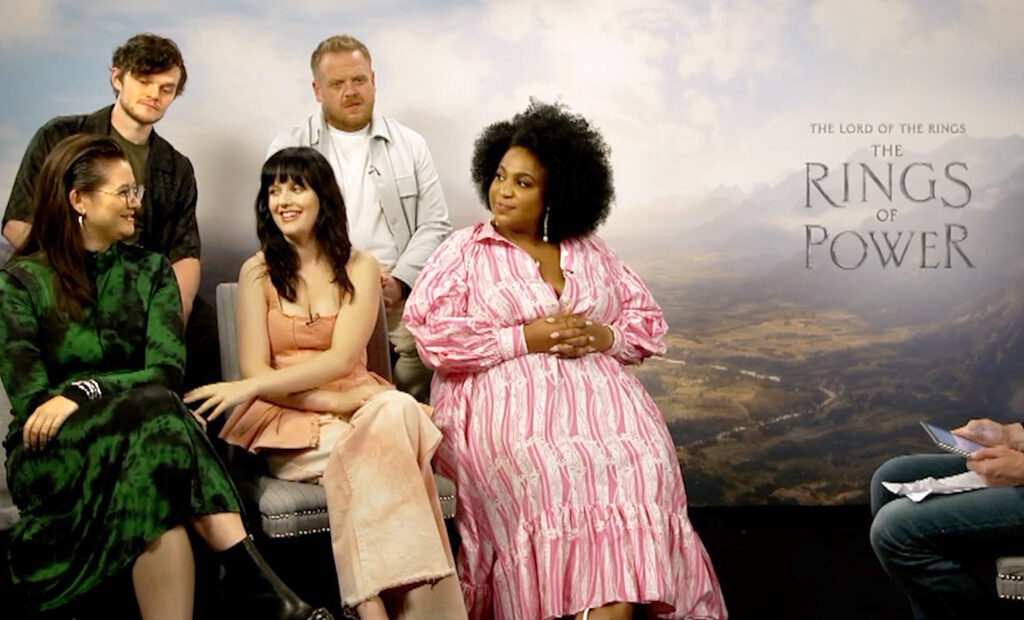
The Lord of the Rings: The Rings of Power is a television series based on JRR Tolkien’s fantasy novels, set in the Second Age of Middle-earth thousands of years before The Hobbit and The Lord of the Rings.
At the press conference ahead of its release, The Upcoming heard from Markella Kavenagh and Megan Richards (who play the Harfoots Nori Brandyfoot and Poppy Proudfellow), Owain Arthur and Sophia Nomvete (who play Dwarven monarchs Durin IV and Disa) and Robert Aramayo (who plays the half-Elf, Elrond – who goes on to become Lord of Rivendell in The Lord of the Rings) about
Megan, you’re a Harfoot – you get to wear the feet and the wig and the costume. How has the experience been, not just taking on a character but taking on a whole new race?
Megan Richards: Yeah, I hadn’t thought about it like that before. What I loved about this work is that, because Poppy is not a canon character, I was able to build her from the ground upward through movement and dialect, and also connections that I made with all the other actors, but also the character work that we did together individually and as a group. There’s also all of those elements, like the feet – I couldn’t play Poppy without wearing those feet because it just wasn’t her. I also liked, as you were saying, building and developing the race. JD [Payne] and Patrick [McKay, the showrunners] on my second day of being in New Zealand told me, properly, what the Harfoots were and how they developed and all of that stuff. So to be able to properly build that was great.
Robert, you’re playing a character who has a heritage within the world, and a big future. How do you make the role your own?
Robert Aramayo: That’s why I love this time in his life – because we’ve never seen that from him. He’s closer to his choice to be counted amongst the immortals than he is to the Council of Elrond or anything like that. So it was really fun to explore a half-Elf – someone who feels complicated – and allow myself to be affected, when I’m amongst mortals; and allowing, over the series, the mortality to emerge from him – the understanding that’s inside of him. And when I’m amongst immortals, a different kind of understanding.
What would you say were your biggest creative challenges approaching the role?
Markella Kavenagh: I think that scale was probably one of the biggest creative challenges. I never worked with scale before, and it was very much a creative adjustment as much as it was a technical adjustment. Because Daniel [Weyman] and I had to establish a new way to prepare and set up a dynamic before each scene, and the crew was so accommodating and provided that space for us. But we had to work on that. And when you’re about to cry in a scene, and then you’ve got a tennis ball staring at you instead of eyes – it was things like that. But we had amazing skill levels and a great team.
What did it feel like having the prosthetics and costumes put on for the first time?
Owain Arthur: I videoed myself – wasn’t allowed to, but I did! It was for research so that I could watch it back.
MK: You did a time lapse!
OA: I did a time lapse. Shh! I didn’t, I didn’t! But the nose was the first thing that went on every day. And I was just looking at a video of myself, and Rob walking in and witnessing the nose for the first time. What did you say?
RA: I can’t repeat what I said!
OA: No, you can’t say it, but it was very loud! “Flaming Nora!”, let’s say – something along those lines. But it was strange because I’d look at myself in the mirror, and move my face, and then there was this stranger looking back at me and moving his face! It’s like I had remote control of this hairy, hairy old man. It was cool.
Sophia Nomvete: Mine was less intense than Owain’s, I have to give him the trophy for prosthetics intensity. But it was nice because it was a transformation moment – it’s the moment that you see the character staring back at you. So it was about three hours in the chair?
OA: Well done, Sophia! Yes.
SN: About three hours in the chair. And it is in stages: the nose was always first. But as soon as everything’s put on – that grandiose wig and the heavy boots and the dress and the gold and the eyes, the golden contact lenses– I feel like that’s the arrival. That’s when even the way that you move changes. So it’s a really exciting time – long process, but great.
OA: It was also a new discipline that we had to adapt to quickly as well, because you can’t just throw that stuff on for an hour to rehearse at home. You’re doing it on-set and time is precious when we’re shooting, so that was a challenge but also really exciting. I was so excited – it was an honour to be able to tick that off my bucket list: worked with prosthetics – tick!
Rob, you’re quite the Tolkien scholar yourself. What were the questions you asked all the experts who were consulted for the show?
RA: I asked so many questions, all the time – and I think we all did. I used to have loads of conversations with Sophia and Owain, in particular, because we were working closely together. And what I liked so much about it is that Tolkien writes in this way where it’s like he’s looking through the crack of the door sometimes, or he vaguely describes something – like our show, hopefully. He invites you to make your own choices. I love everyone who works on the show because they all have Tolkien inside of them, no matter what department that they’re working in or anything like that. Most people there were obsessed in some way with some element of Tolkien, so exploring that with them and asking them questions and getting lost in it was one of the most fun parts of the job for me.
Did you test them?
RA: Never, never, you must never do that! Because the truth of the matter is there is no right answer. And that’s what I love so much about him. There’s no definitive “this is it”. Not really. You can draw arguments for many different decisions. That’s the really fun thing about it because then it opens up debate and opinion.
What struck you while filming? Maybe something your characters said or some event that stayed with you?
OA: I’ve got so many moments – every day on-set was so special. Looking back at New Zealand and creating this piece with everyone, I’ll never forget it. And I learned a lot and developed as an actor because of this. But one moment I do always remember – and it was a very Lord of the Rings moment – was when Rob was standing in the middle of Khazad-dûm, and there were 50 or 60 Dwarves surrounding him. It was just a technical moment, of switching the lenses or something like that, and I was like, “I just did that!”, and realised, right at that moment in Middle-earth, that I was a part of Lord of the Rings. I was a spectator and then got dragged into it. And that was a special moment of being a part of this journey.
SN: I had one moment: in one of the episodes, I sing, and Disa, as a character, resonates so she’s able to kind of move the mountains and manipulate and communicate with the earth around her through the power of her voice. And for me, what I will take from that is that, to create this sound – because it wasn’t just a song, it’s a soundscape of empowerment – it’s about drawing up from the depths of your soul to move mountains. And I remember myself and the composition team working on that piece for a long time. And no one had heard it before, but the first time that we performed it was the first time that everybody heard it, and there was this huge space where I got to see sunlight whilst doing it. And the shot that you see of Elrond hearing it is a shot of Rob hearing it for the first time. It feels like a moment that you take from – that if you just listen and use your voice, you can move mountains.
Umar Ali
The Lord of the Rings: The Rings of Power is released weekly on Amazon Prime Video from 2nd September 2022.
Read our review of the series here.
Watch the trailer for The Lord of the Rings: The Rings of Power here:

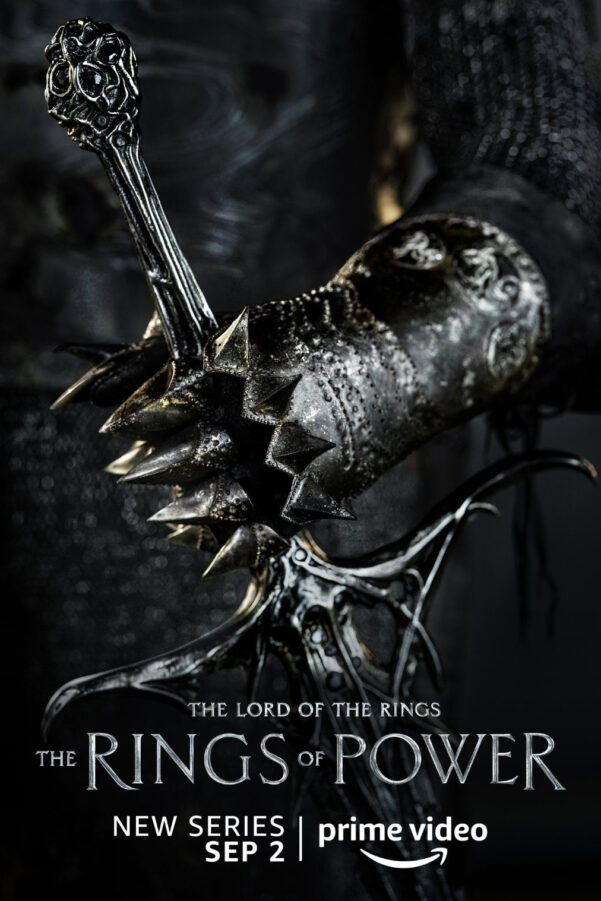
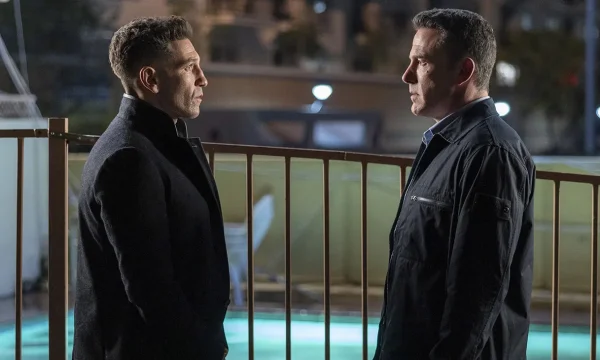
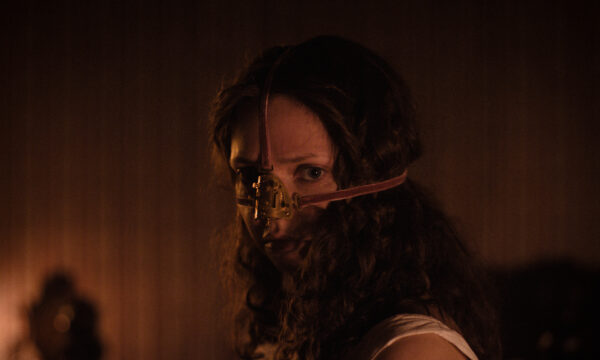
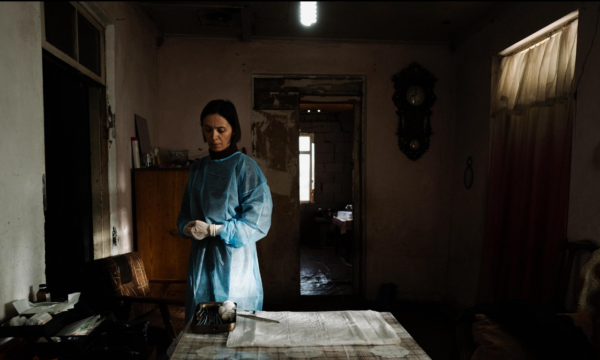
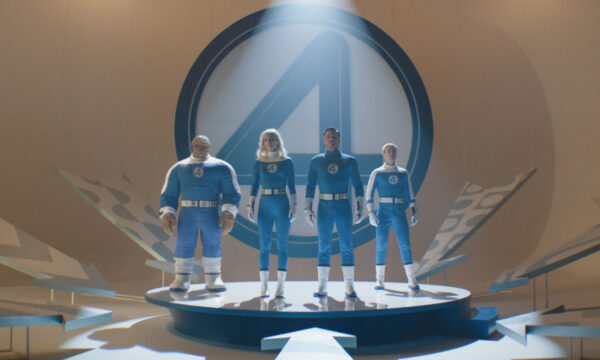
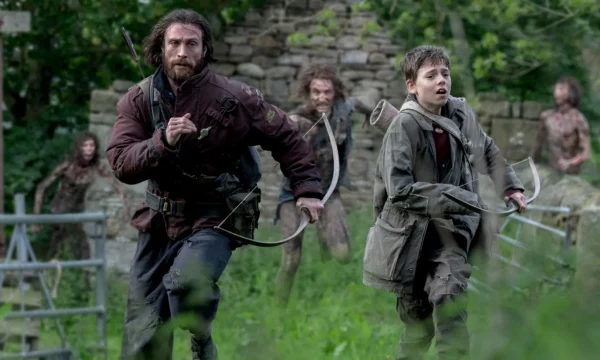
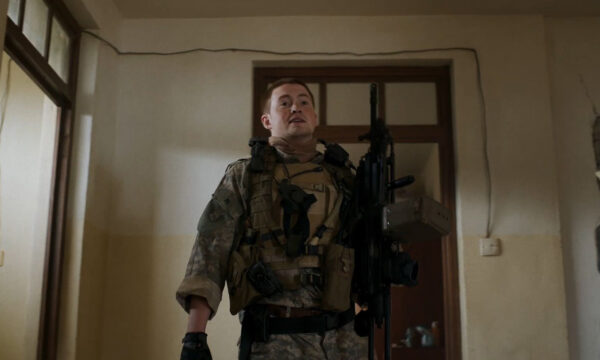
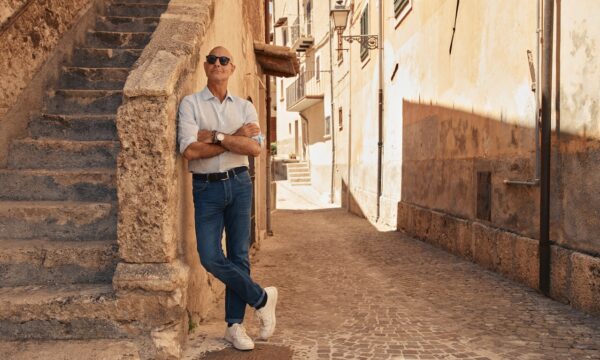
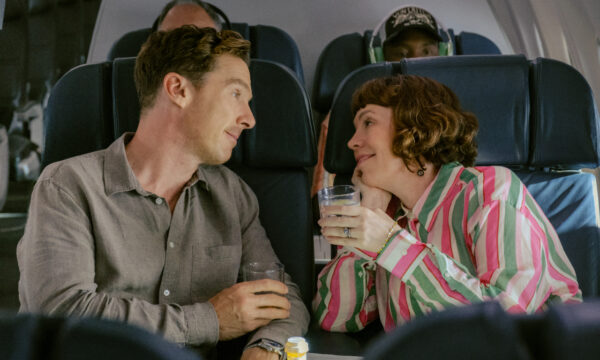
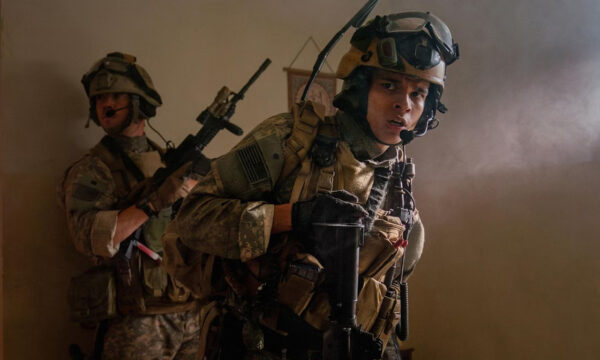





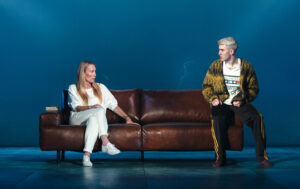


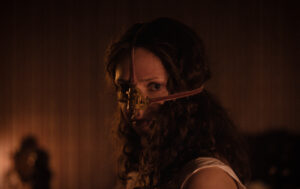




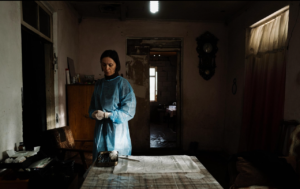
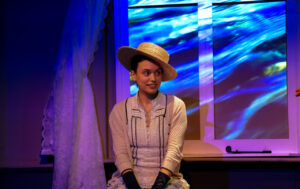
Facebook
Twitter
Instagram
YouTube
RSS